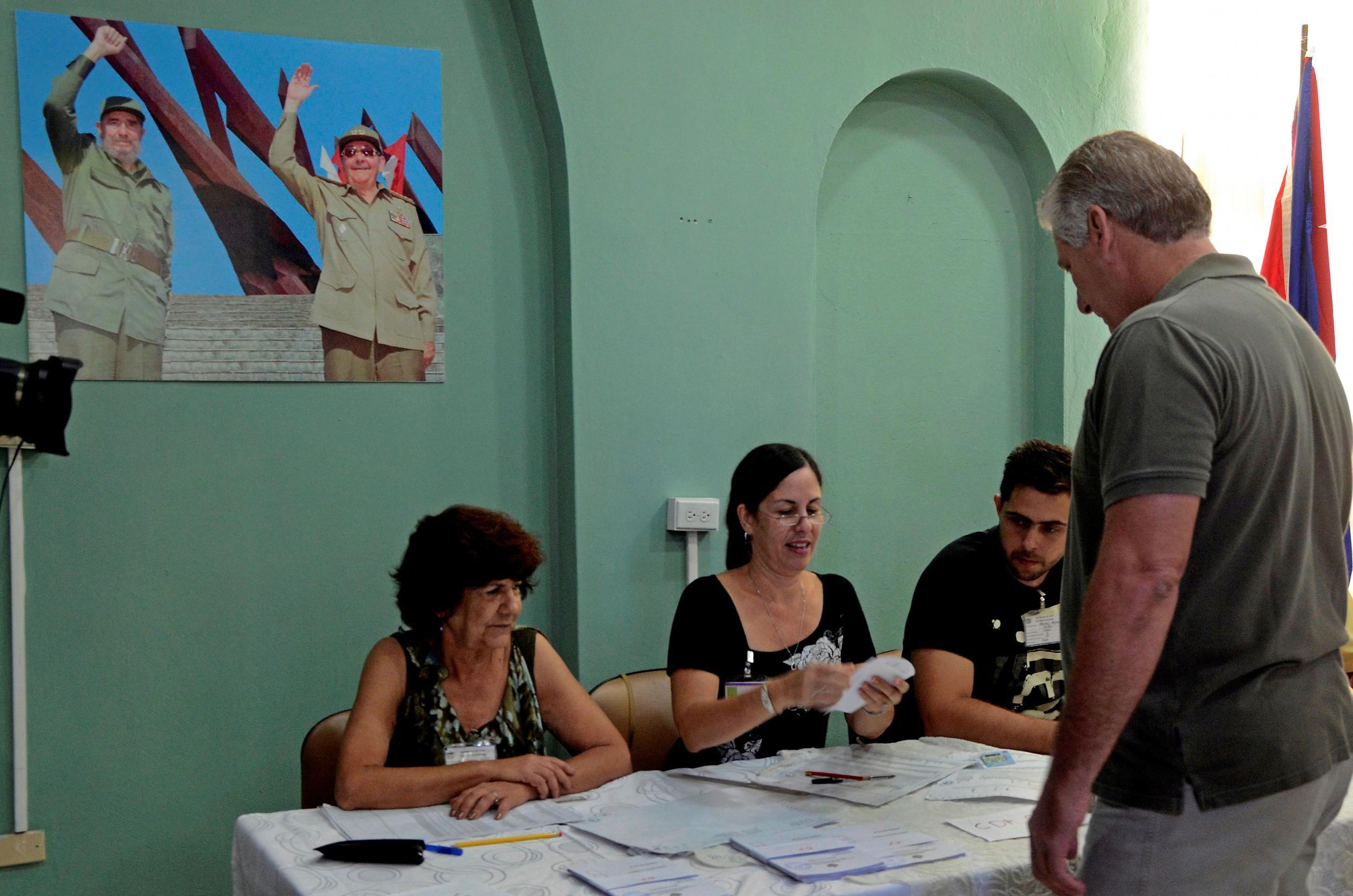Cuba election: When is it, who is voted in, and what does it mean for Raul Castro and the presidency?
Cubans take the first step towards selecting a new president

Cuba will take its first step this weekend towards selecting a new president – the first time in nearly 60 years that the office will not be occupied by a member of the Castro family.
More than 8m Cubans are expected to turn out for the election on 11 March, according to government-funded outlet Telesur. Voters will select members of the National Assembly of People’s Power, who will go on to pick the country’s next president.
Below is everything you need to know about the elections, and what they could mean for the country.
How will the elections effect Raul Castro and the presidency?
Raul Castro, the country’s leader since 2008, announced in 2013 that this would be his last five-year term as president. The newly elected members of the National Assembly will be charged with choosing the new president in April.
When Mr Castro is replaced, it will be the first time since the country’s 1959 revolution that someone other than Raul or his brother, Fidel, holds the office. Vice President Miguel Díaz-Canel is widely viewed as a favourite for the role.
Mr Castro was expected to step down in February, but pushed the election by two months following Hurricane Irma, which caused $13bn in damages across the island nation. After stepping down, Mr Castro will continue to serve as head of the Communist Party – a job with almost as much power as the incoming president.

Who are Cubans voting into office now?
Voters will cast their ballots on Sunday for one of the 612 members of the National Assembly of People's Power – Cuba’s national legislative authority.
Assembly members are elected for five-year terms, and are charged with selecting the Council of State, which consists of one president, one first vice president, five vice presidents, one secretary and 23 other members.
The National Assembly is also responsible for deciding on the constitutionality of laws, and making changes to the Constitution if necessary.
How do the elections work?
Cuba’s elections are a multi-pronged process that start with the election of municipal representatives and end with the selection of the president. Voters went to the polls in September to elect their local representatives, and will return on 11 March to choose their national legislators.
The candidates in this election were chosen by government-linked organisations, based on criteria such as their “merit, patriotism, ethical values and revolutionary history”.
Candidates need at least 50 per cent of the votes in their district to win. If the 50 per cent threshold is not met, the seat remains open unless the Council of State decides to hold another election.
Telesur reports that the country trained some 200,000 people to run the more than 24,000 polling stations this year.
Join our commenting forum
Join thought-provoking conversations, follow other Independent readers and see their replies
Comments
Bookmark popover
Removed from bookmarks